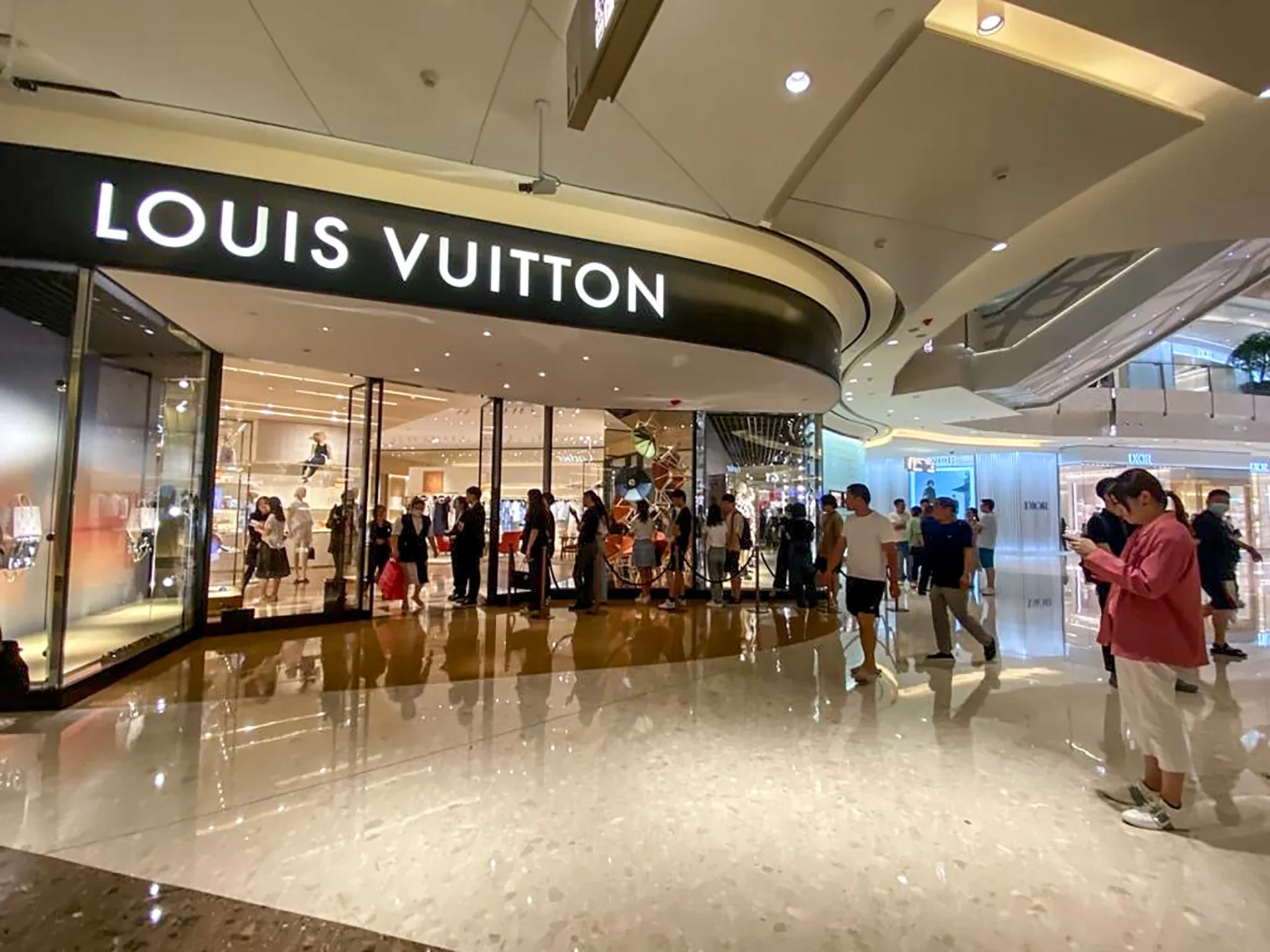As mainland China lifts all its COVID-19 travel restrictions, high-profile executives from the world’s most recognisable luxury brands, including LVMH‘s Bernard Arnault and Kering’s Francois Henri Pinault, are visiting the country to tap into its vast luxury market.
Arnault, on his recent tour, visited shops in Beijing, Chengdu, Shanghai, and Hong Kong, highlighting LVMH’s commitment to the region. Similarly, CEOs of Tesla, JPMorgan Chase, and other major brands also undertook visits, recognizing China’s growing importance in driving global growth amid uncertainties in the US and Europe.
Market research by Bain and Company anticipates that mainland Chinese consumers will contribute to a “luxury spring” this year, fuelling demand for high-end goods. However, a shift is expected from previous trends of overseas purchases, with consumers predicted to make 25 to 30 percent of their luxury purchases domestically.
Euromonitor International forecasts that China’s luxury spending will surpass that of the US and Western Europe for the next four years. Many Chinese consumers regard luxury items as an investment tool for high returns. This shift is affirmed by the growth in luxury goods spending: from US$444.7 billion in 2022 to an expected US$632.5 billion by 2027.
On the other hand, American luxury expenditure is projected to grow from US$264.8 billion in 2022 to US$340.5 billion by 2027, and for Western Europe, it will increase by 29 percent from US$295 billion in 2022 to US$381.5 billion in 2027.
The Gen Z cohort, born around the turn of the millennium, is a vital consumer category for luxury brands. They are expected to drive economic growth in the next decade, demanding brands’ commitment to sustainability and technological adaptation.
Investment in luxury goods, particularly leather products and timepieces, as an alternative asset class is also expected to increase, adding another dimension to the market’s appeal.
READ MORE:
